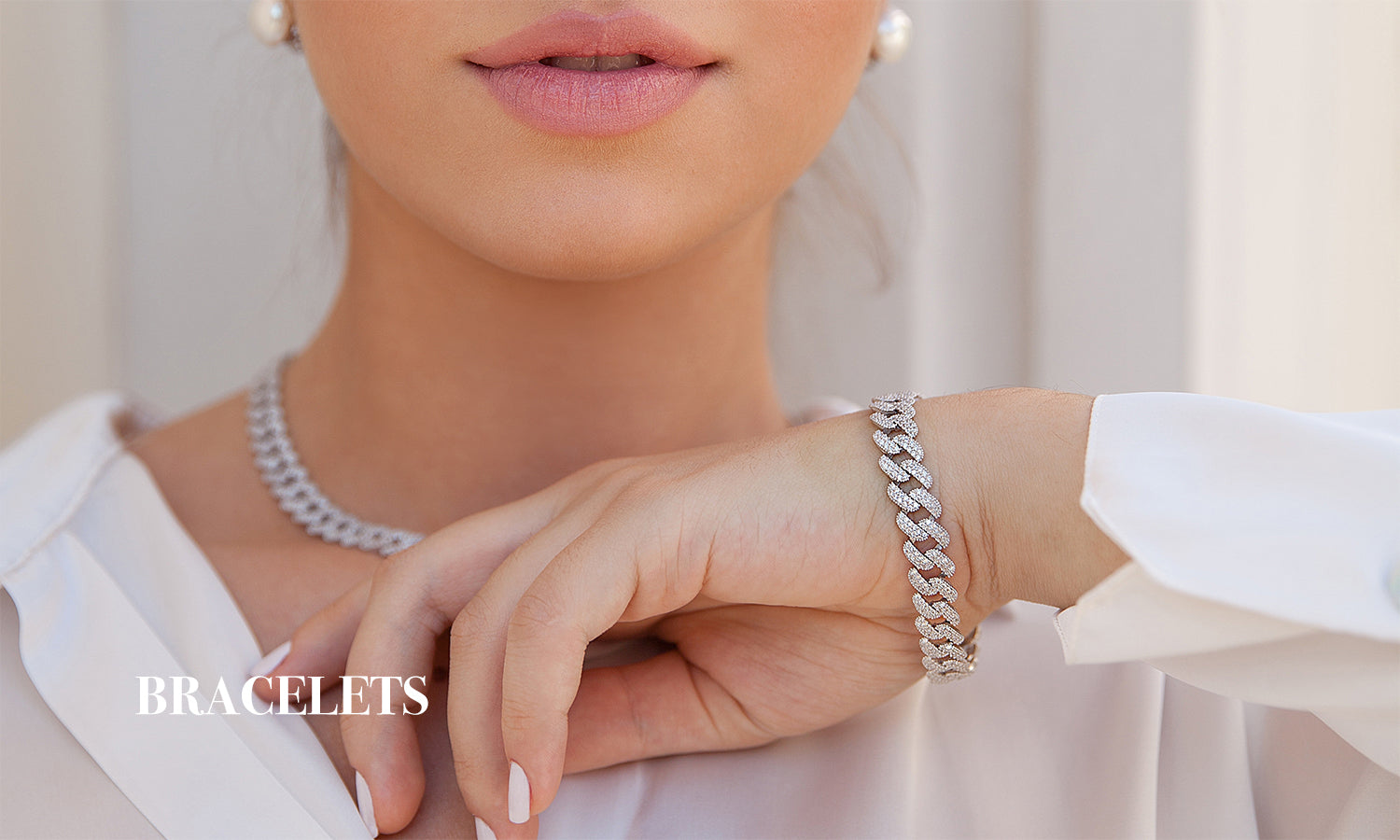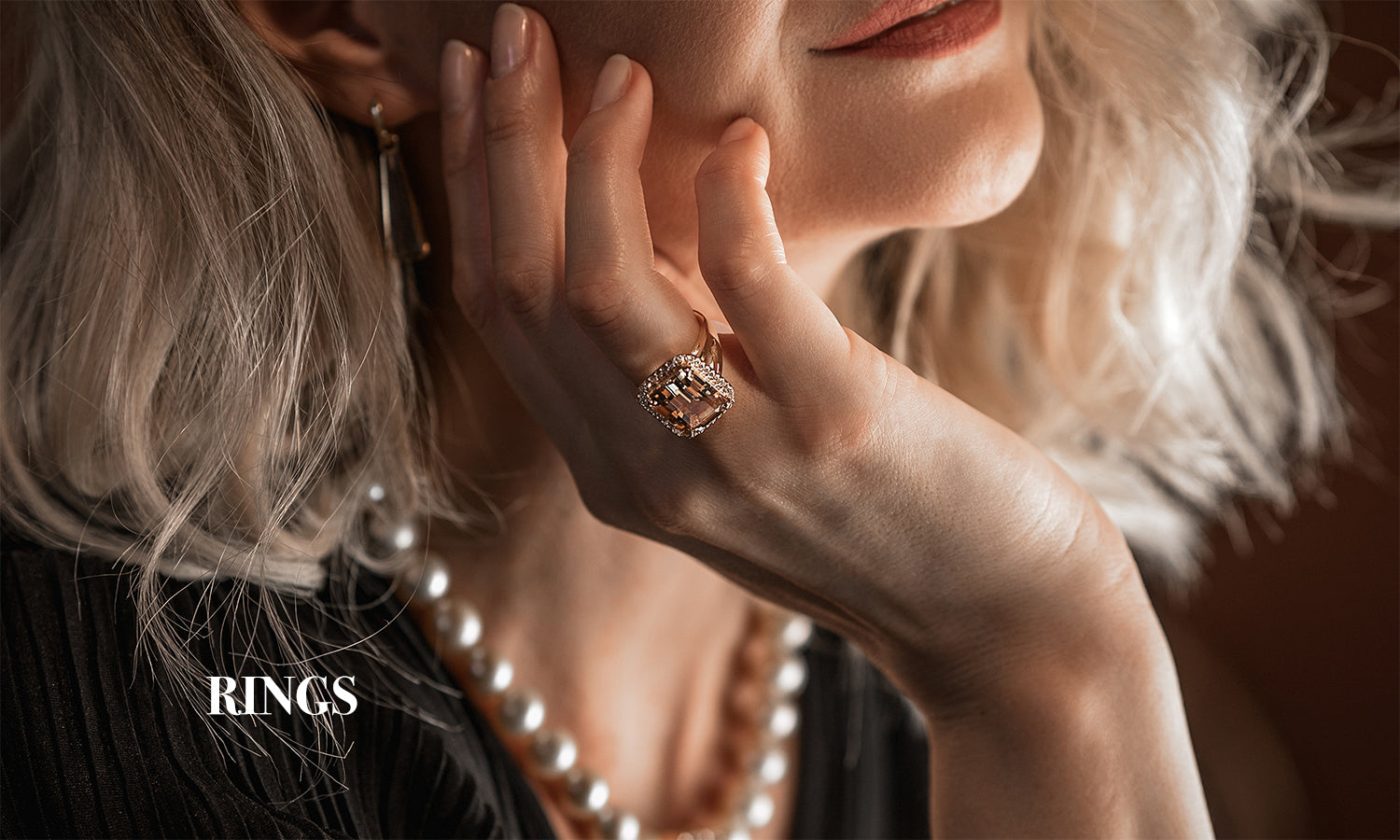Pearls are considered an interesting oddity in the world of jewelry because they are produced differently than other stones. While other stones are produced deep in the earth, in dark, damp caves, pearls are produced deep in the oceans and can only be produced under certain circumstances.
If you want to know more about this very special gemstone, keep reading this post by Planderful about saltwater vs freshwater pearls.
How are pearls formed?
The pearl, a symbol of purity, originates through a simple grain of sand that, when penetrating a mollusk, starts to be covered by nacre as a defense mechanism. This mother-of-pearl ball gives place to what we know as pearl, two or three years later.
If you are interested in knowing more about pearls, next we will tell you about the different types of pearls there are. Both their nature and their origin can make a difference in these precious stones. Find out!
Types of pearls according to their nature
The way in which a pearl is formed is a singular characteristic that will define this precious stone. Its nature is a classification method for jewelers and collectors. In this sense, pearls can be classified as follows:
- Natural pearls
Natural pearls are those that have been formed in a spontaneous way, without the need for human influence in their creation. They are the purest pearls and, at the same time, the scarcest, since it is estimated that approximately one out of every 10,000 mollusks is capable of producing a pearl.
- Cultured pearls
Cultured pearls are more frequent to find and are those in which humans participate to accelerate and control their creation. Freshwater and saltwater pearls are mainly differentiated by the environment of their creation. Cultured pearls can be subcategorized, and divided into:
- Saltwater cultured pearls
Saltwater pearls (also called seawater pearls) come from oysters cultivated in saltwater lagoons in East Asia. They are characterized by a properly-rounded shape and are usually white and off-white in color with gold or silver tones. However, in pearl farms, even saltwater pearls can have various colors, including black, gold, and colorful.
As for their formation, with saltwater pearls, only one pearl can be produced per oyster. This significantly increases the value of these pearls. The mollusks are subjected to a procedure in which a spherical nucleus is introduced so that the oyster wraps it with its mother-of-pearl mantle. This is a defense mechanism that oysters have, and thanks to this, pearls are formed. Then the oysters return to the sea so that they can create pearls in a "natural" way, in such a way that this precious stone can be produced by an oyster.
The formation of a saltwater pearl takes two or three years in ideal conditions. These pearls are judged by their size, shape, and luster, and saltwater pearls have a higher value. They also tend to be brighter than freshwater pearls.
The best-known are Akoya pearls, Tahitian pearls, and Australian pearls. Akoya pearls are the oldest and are characterized by their silvery-white color, sphere shape, and resemblance to the moon. Nowadays, their light symmetry and traditional white tones make Akoya pearls a must-have.

Source: https://www.amazon.com/Saltwater-Cultured-PearlOyster-Children-PartyOyster/dp/B08319W377
Tahitian pearls are characterized by being of varied colors such as gold, blue, gray, green, or even black, one of the colors that add value for its spectacularity. These pearls are really bright, and that makes them even more unique. They can be obtained in only two years, which makes them have a fast formation in comparison with other pearl cultivations.
Australian pearls are one of the most quoted pearls in the world because they are one of the most brilliant and perfect pearls. These pearls stand out, above all, for the depth of their luster and their silvery iridescence, which gives them a special value. In addition, it usually has a very wide color range, from white to black.
- Freshwater cultured pearls
Freshwater pearls (also known as Chinese pearls) are cultivated in lakes and rivers and can be found in China. Although they are also produced in Japan or the United States, their value is lower.
These pearls are nucleated with organic matter. Freshwater pearls are cultivated in mussels. Unlike those of salt water, a nucleus is not usually used for its cultivation, but a piece of the mantle is grafted in the mollusk that when reabsorbed produces the nacre mantle. This type of pearl is usually more economical since each mollusk can produce more than one pearl.
On the other hand, the environment of freshwater pearl production allows a variety of colors artificially created by adding metal to water. Their quality and size can be variable, rarely you will find perfectly rounded freshwater pearls. You can find smooth, baroque, or striated pearls, one of the most characteristic because of the stripes that run through the pearl. As for their size, they can measure up to 16 mm.
Unlike saltwater pearls, freshwater pearls are produced in large quantities. More than 20 pearls can be created per oyster. The only disadvantage of this is that with mass production, the pearls tend to be smaller and less round than saltwater pearls. Freshwater pearls can be produced in as little as 18 months. Simultaneous culture allows production to be much higher than saltwater pearls.
People usually think that freshwater pearls are artificial, but they are just as real as saltwater pearls. Pearl prices vary depending on properties such as shape, color, size, and luster. Natural pearls are frequently more pricey than cultured ones.

Source: https://es.aliexpress.com/item/32815826513.html?gatewayAdapt=glo2esp
- Imitation pearls
Imitation pearls are 100% man-made and have nothing to do with the natural formation of mollusks. In these cases, different materials are used that work to obtain an aspect very similar to that of a natural or cultivated pearl.
In conclusion, freshwater and saltwater pearls have been precious objects for thousands of years. Within the last 200 years, pearl culturing has become a mass-production industry. There are subtle differences between natural and cultured pearls. The value of a pearl is also determined by the visible differences between freshwater pearls compared to saltwater pearls.

Source: https://pearlwise.pro/saltwater-vs-freshwater-pearls/
If this article interests you, don't forget to visit Planderful's website and discover our jewelry.





